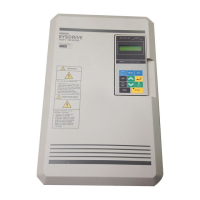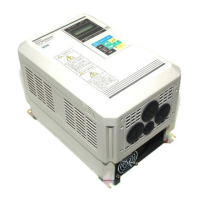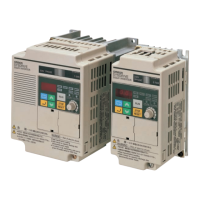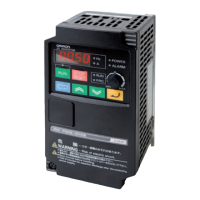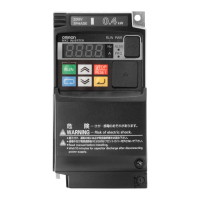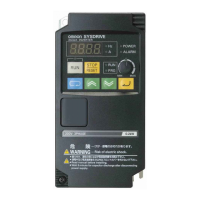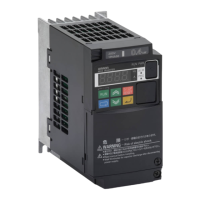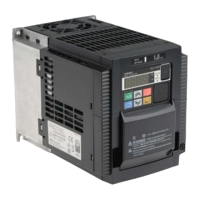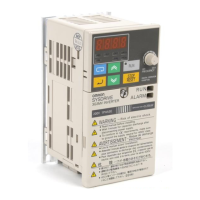Sequence of Events
Starting
Starting is initiated by the receipt of either an UP or a DOWN direction signal.
Acknowledgement of the direction signal, is fed back to the processor, via the inverter’s RUN
contact in the STR feedback line. The direction relays, also energise the STR relay, which pulls
in the MC contactors that allow power to reach the motor. The OP2 output then energises the
BKC relay that lifts the mechanical brake and completes the STR feedback input on the processor
board, the speed signals are then given to the drive via the processor outputs OP6, 7, 8. The speed
inputs follow the OP2 output after an interval adjustable via the BL rotary switch on the
IFIODTC board. This switch is normally set to (2). This function is to aid a smooth start by
allowing the regulator to hold the load of the lift electrically before starting the journey. The lift
then accelerates to high speed (or any other pre-selected speed).
The READY contact in the BKC line is energised when the inverter is in operational status.
The FLT contact is a fault contact, which is energised when there is a fault condition on the
inverter.
Stopping
Consider the lift is travelling at high speed. On receipt of a slowing signal the high speed signal
OP6 is removed from the regulator. The lift decelerates, and targets for levelling speed, under
the influence of the deceleration and s-curve parameters until levelling speed is achieved. Upon
reaching the stopping zone, MSU and MSD operate, either directly into the microprocessor
board, or via relays, this removes OP8. The following sequence then occurs: -
a) The regulator decelerates towards zero speed
b) The mechanical brake is activated by OP2, this time is adjustable via the rotary switch BR
on the IF10 DTC to give a smooth stop.
c) The OP3 run signal then drops 0.5 seconds after OP2 cutting off the transistors in the
inverter via terminal which is configured as a baseblock.
c) Two seconds later the STR timed contact releases the MC and MC1 contactors, removing
the 3 phase from the motor. The OP1 contact on the IFIO DTC acts as a safety backup
and will release after 2 seconds. This delay allows the current on both the contactor
contacts and regulator transistors to decay to zero before switching. This sequence of
events allows a smooth stop and prolongs both contactor and transistor life expectancy.
SECTION C.

